Introduction
The digital revolution in healthcare has birthed numerous specialties that integrate traditional clinical practice with advanced information technologies. One such emergent and transformative field is Oral Health Informatics (OHI)—a new dental specialty that holistically bridges dentistry with data science, artificial intelligence (AI), clinical decision-making systems, and a multitude of digital technologies. Despite its encompassing nature and foundational significance, oral health informatics remains underrecognized compared to more publicized areas like “digital dentistry” and “AI in dentistry.” This article aims to articulate the scope, components, significance, and future trajectory of oral health informatics and why it deserves recognition as a core specialty in modern dentistry.
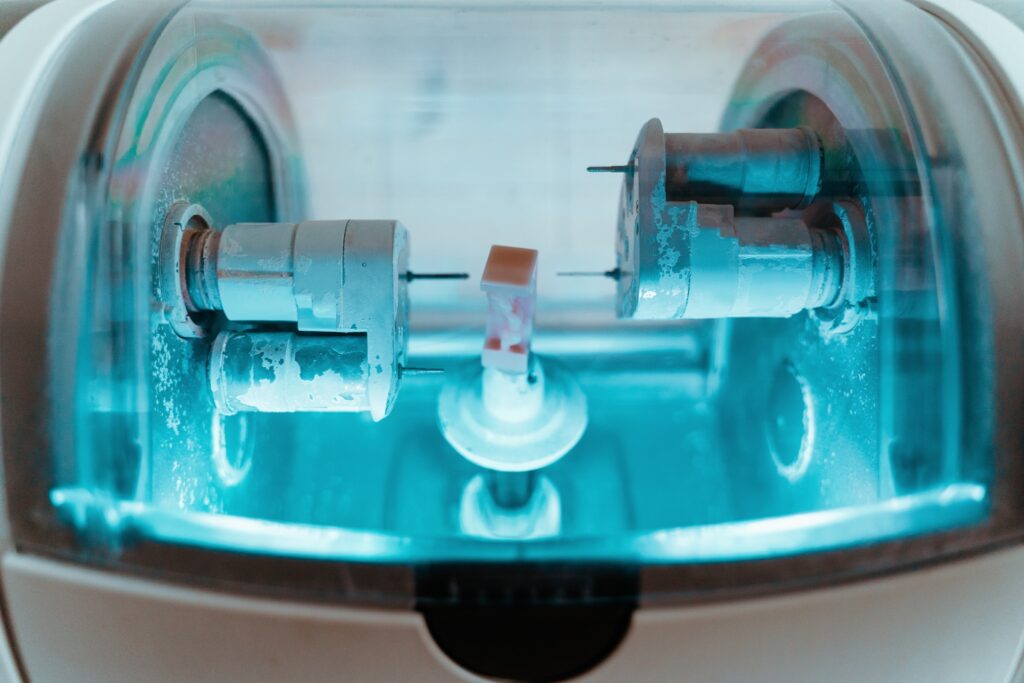
What Is Oral Health Informatics?
Oral Health Informatics is the application of information science and technology to improve oral health care delivery, research, education, and public health. It encompasses the systematic collection, management, analysis, and use of dental information to enhance outcomes at the patient, clinic, and population levels (Schleyer et al., 2013). This specialty is not confined to one software or device but integrates multiple disciplines—clinical dentistry, computer science, data analytics, public health, health informatics, AI, biomedical engineering, and education.
It includes everything from electronic dental records (EDRs) and imaging systems to clinical decision support systems (CDSS) and population health informatics, thereby making it the foundational pillar for any form of digital transformation in oral health.

Related Disciplines and Sciences
The rise of oral health informatics is underpinned by several intersecting fields:
- Health Informatics – Focuses on information systems in healthcare at large.
- Computer Science – Provides algorithms and computational models.
- Artificial Intelligence – Enables automation, prediction, and pattern recognition.
- Data Science – Facilitates data mining, analytics, and interpretation.
- Epidemiology – Drives public oral health surveillance.
- Bioinformatics – Connects genetic and biological datasets with oral health.
- Educational Technology – Enhances training and simulations for dental professionals.
This multidisciplinary nature enables oral health informatics to create scalable, intelligent, and responsive systems for diverse stakeholders.
The Popularity of Digital Dentistry and AI
Digital dentistry—the use of computer-aided tools in prosthodontics, orthodontics, and diagnostics—has become a buzzword synonymous with innovation. Similarly, AI applications in radiographic interpretation, predictive analytics, and treatment planning have received significant attention (Schwendicke et al., 2021). These applications are tangible, visible, and often result in immediate clinical impact, making them easier to market and adopt.
However, this focus on tools rather than the science behind them has led to a fragmented understanding of dental innovation. Many practitioners use AI-driven software or digital scanners without realizing that these are expressions of deeper informatics systems built on principles of data integration, interoperability, and machine learning—a domain that lies firmly within oral health informatics.
Why Oral Health Informatics Deserves Recognition
Understanding digital dentistry without understanding oral health informatics is like using a car without understanding how the engine works. Without foundational knowledge in OHI, professionals risk misusing tools, overlooking ethical issues, and failing to optimize clinical workflows.
Recognizing OHI as a specialty:
- Ensures structured education and certification for informatics-trained dental professionals.
- Promotes research into evidence-based integration of technology in practice.
- Improves patient safety through standardized systems and data governance.
- Supports global interoperability in digital dental records and imaging.
- Encourages responsible AI development with clinical context and explainability.
Key Applications of Oral Health Informatics
Below is a detailed list of OHI applications and their impact:

1. Electronic Dental Records (EDRs)
Digital records designed specifically for oral health data, including treatment notes, periodontal charts, and radiographic histories. EDRs enable easier access, cross-institutional sharing, and structured documentation (Acharya et al., 2011).
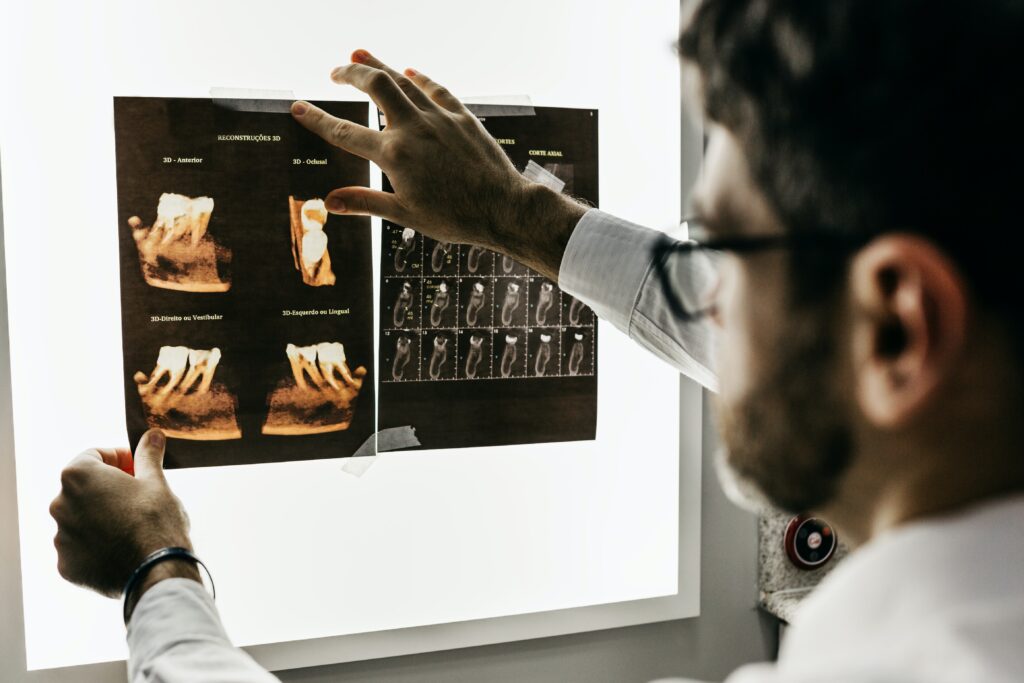
2. Digital Imaging and Radiography
Advanced imaging systems (e.g., CBCT, digital X-rays) are integrated with software that facilitates automatic detection of caries, bone loss, or pathology using AI algorithms (Lee et al., 2023).
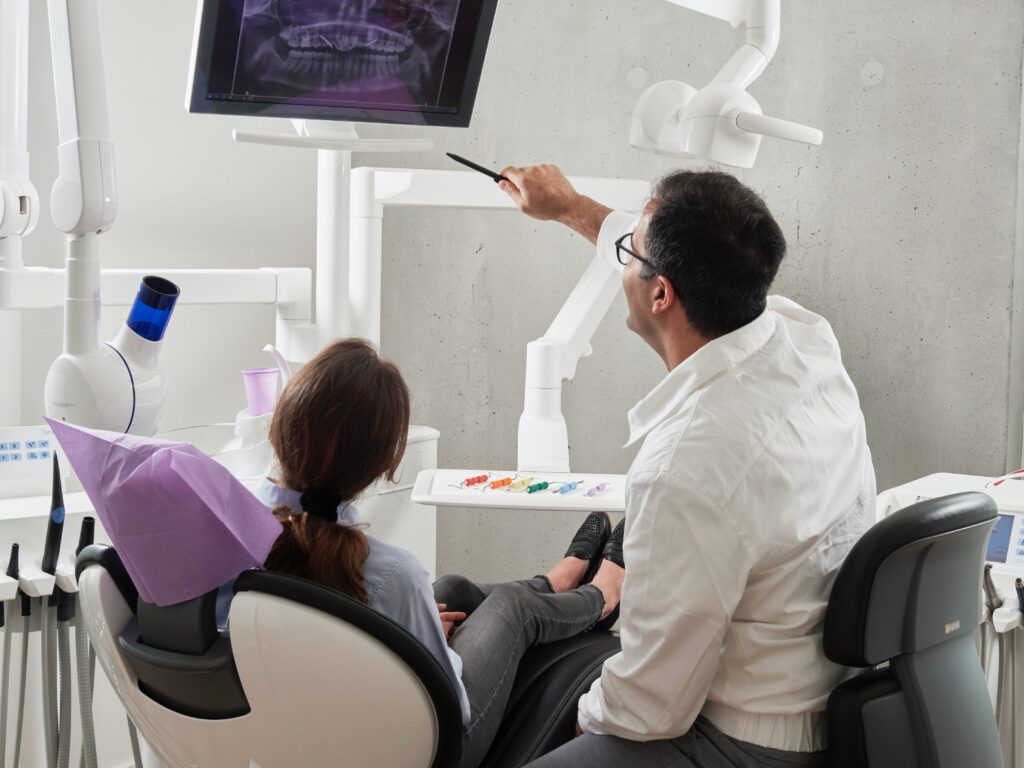
3. Clinical Decision Support Systems (CDSS)
AI-powered modules that assist dentists by offering evidence-based recommendations, alerts for contraindicated medications, and diagnostic support (Ravindran et al., 2022).
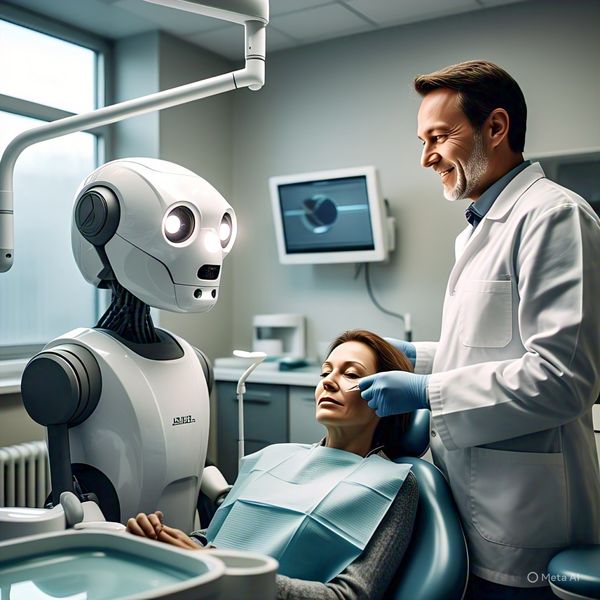
4. Dental AI and Machine Learning Models
Applications such as automated cephalometric tracing, caries detection, and treatment outcome prediction rely on deep learning techniques trained on large oral health datasets (Schwendicke et al., 2020).
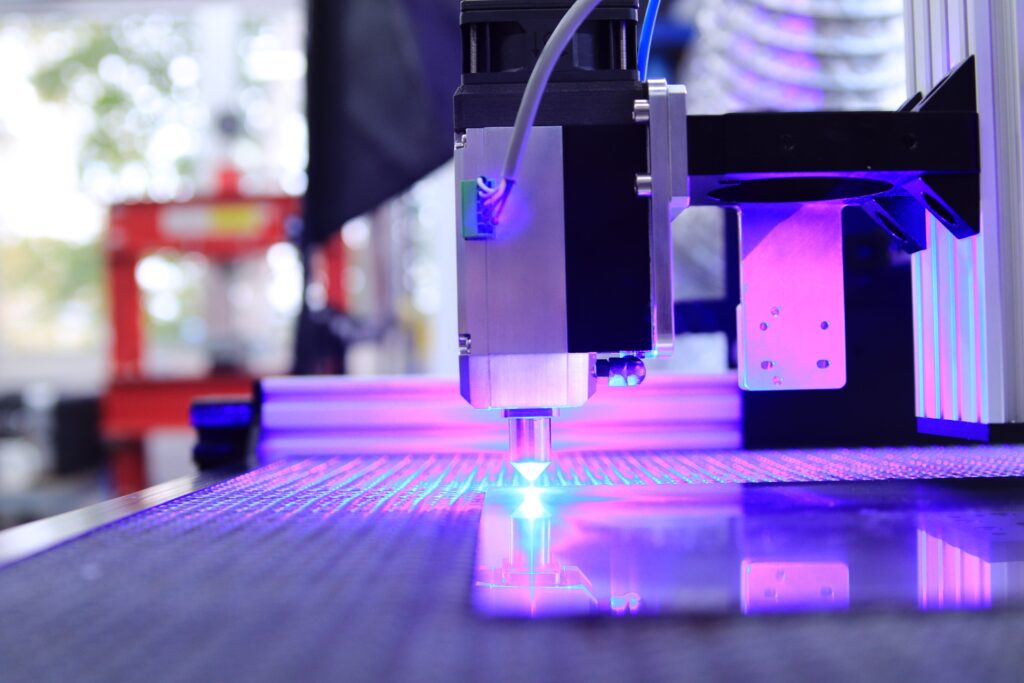
5. Interoperability Systems
These platforms ensure that dental records, imaging, and diagnostics can communicate across different vendors and health systems, crucial for referrals and integrated care.

6. Dental Public Health Informatics
The use of data systems to track caries prevalence, fluoridation coverage, and epidemiological patterns among different populations (Tomar & Fox, 2019).

7. Teledentistry Platforms
Telehealth solutions that integrate video conferencing with patient charts and remote diagnostic tools, allowing virtual consultations and screenings.
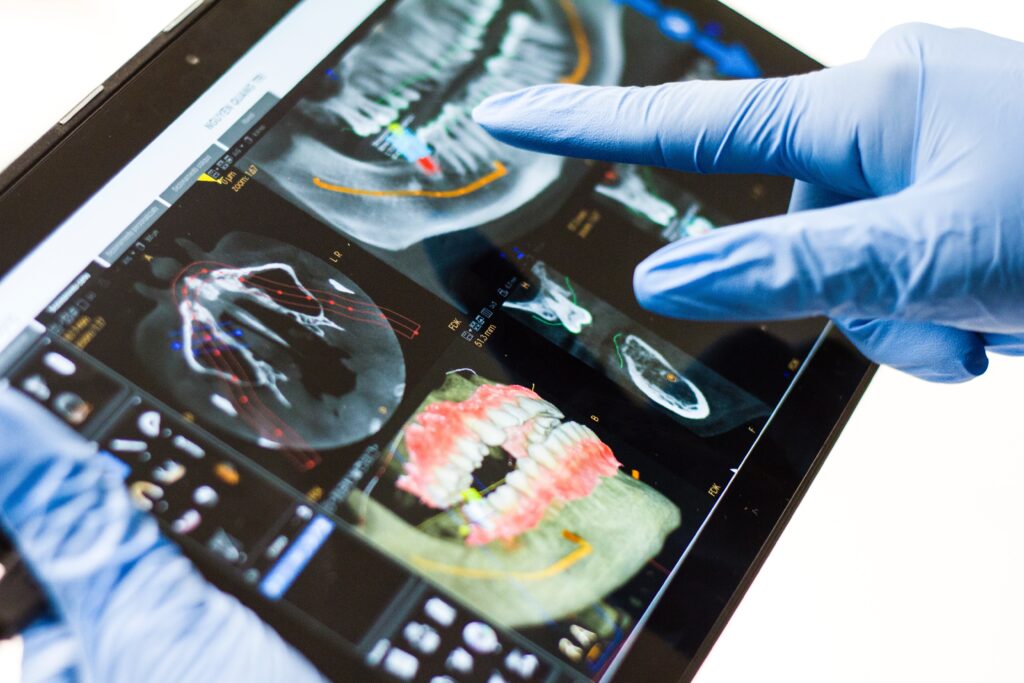
8. Simulation and Training Technologies
VR/AR-based simulators for dental education that allow students to practice procedures in safe, immersive environments, often enhanced by haptic feedback.

9. Workflow Automation and Scheduling Systems
AI-driven scheduling and resource management tools improve efficiency and reduce patient wait times while optimizing chairside allocation.

10. Dental Research Informatics
Data warehousing and meta-analysis tools that integrate findings across studies to inform evidence-based clinical guidelines.
Conclusion
Oral Health Informatics is the backbone of all digital transformation in dentistry. It encompasses and surpasses digital dentistry and AI by providing the theoretical and practical framework that supports innovation. As we advance toward a fully digital dental ecosystem, it is imperative that oral health informatics be recognized, taught, and institutionalized as a standalone specialty. Only then can clinicians, educators, and policymakers harness the full potential of technology to improve oral health outcomes.
References
Acharya, A., Schroeder, D., Schwei, K., Chyou, P. H., & DeVore, D. (2011). Update on electronic dental record adoption among dental schools in the United States. Journal of Dental Education, 75(5), 605–616.
Lee, J. H., Kim, D. H., Jeong, S. N., & Choi, S. H. (2023). Detection and diagnosis of dental caries using deep learning-based CNN models: A systematic review. Journal of Dental Research, 102(3), 237–246.
Ravindran, R. D., Aparna, S., & Mahalakshmi, K. (2022). Clinical decision support systems in dentistry: A review of current applications and future potential. Health Informatics Journal, 28(2), 146–157.
Schleyer, T. K., Thyvalikakath, T. P., Spallek, H., Torres-Urquidy, M. H., Hernandez, P., & Yuhaniak, J. (2013). Clinical computing in general dentistry. Journal of the American Medical Informatics Association, 20(4), 682–687.
Schwendicke, F., Golla, T., Dreher, M., & Krois, J. (2020). Convolutional neural networks for dental image diagnostics: A scoping review. Journal of Dentistry, 100, 103425.
Schwendicke, F., Samek, W., & Krois, J. (2021). Artificial intelligence in dentistry: Chances and challenges. Journal of Dental Research, 100(5), 448–453.
Tomar, S. L., & Fox, C. H. (2019). Assessing the need for dental care in the US: Oral health surveillance and population-based initiatives. Dental Clinics, 63(1), 11–21.


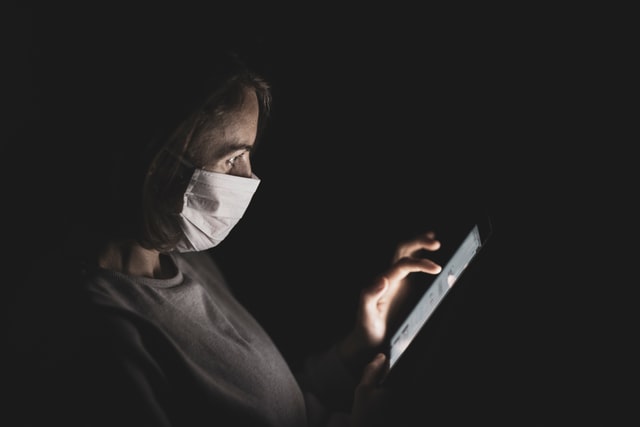
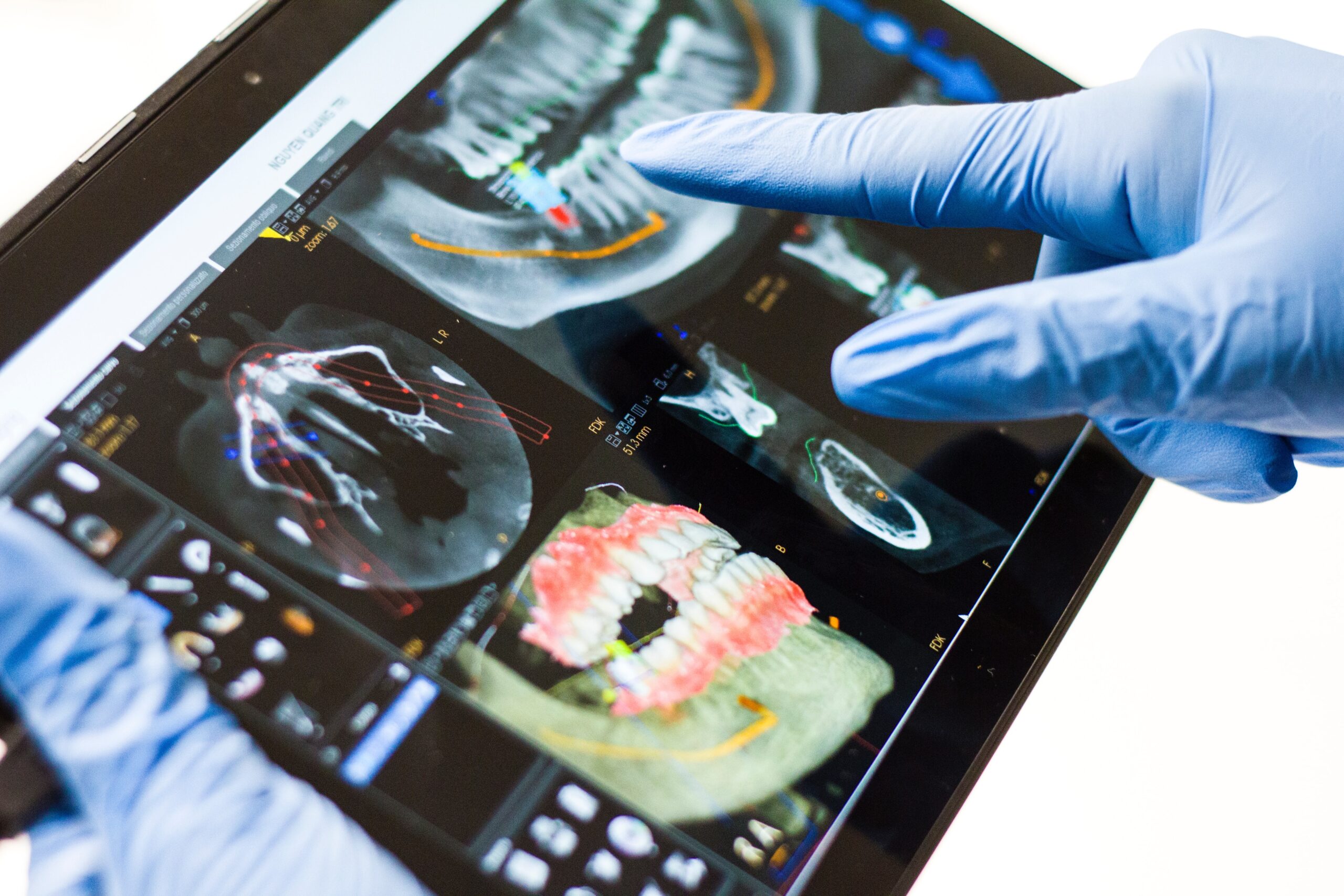
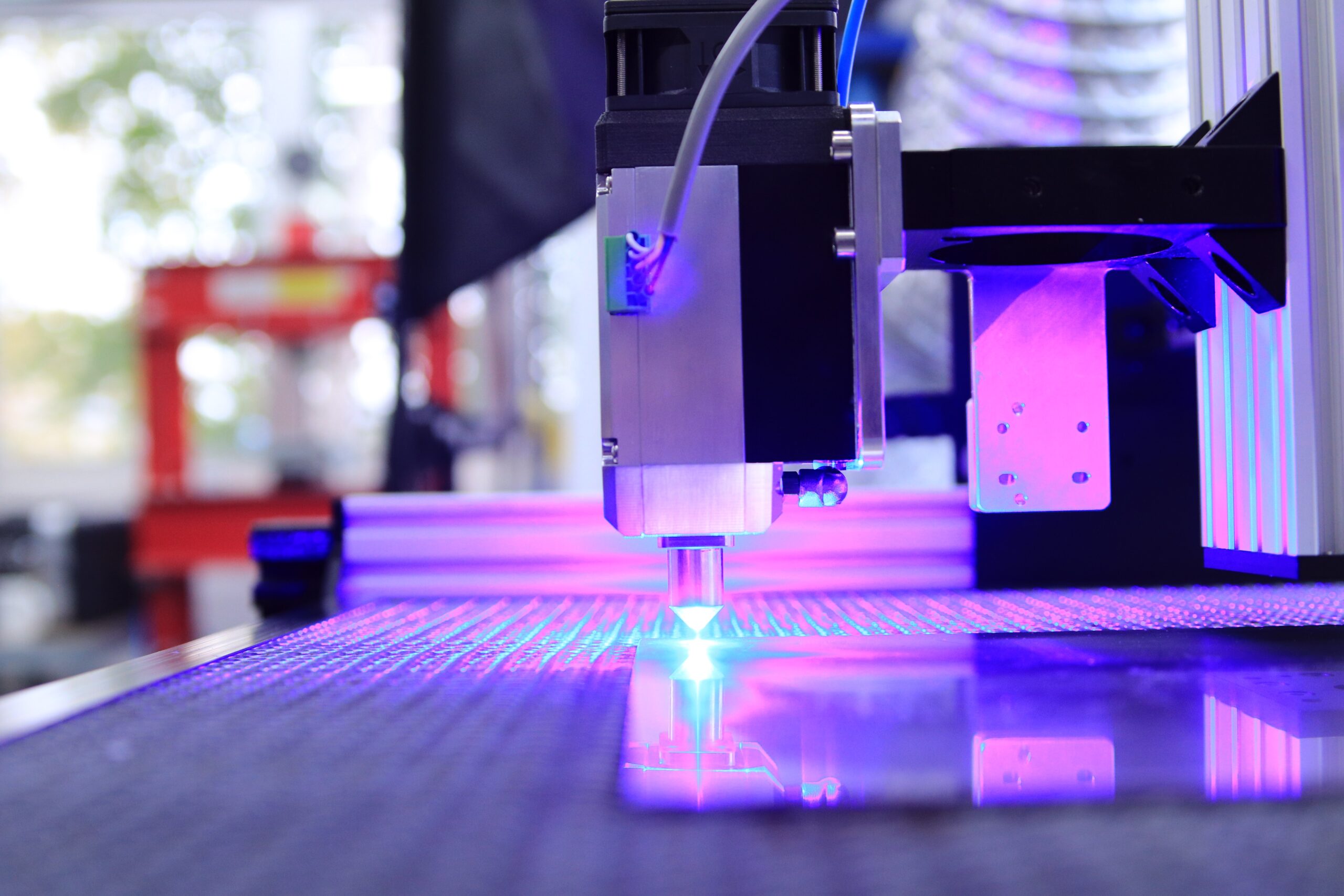




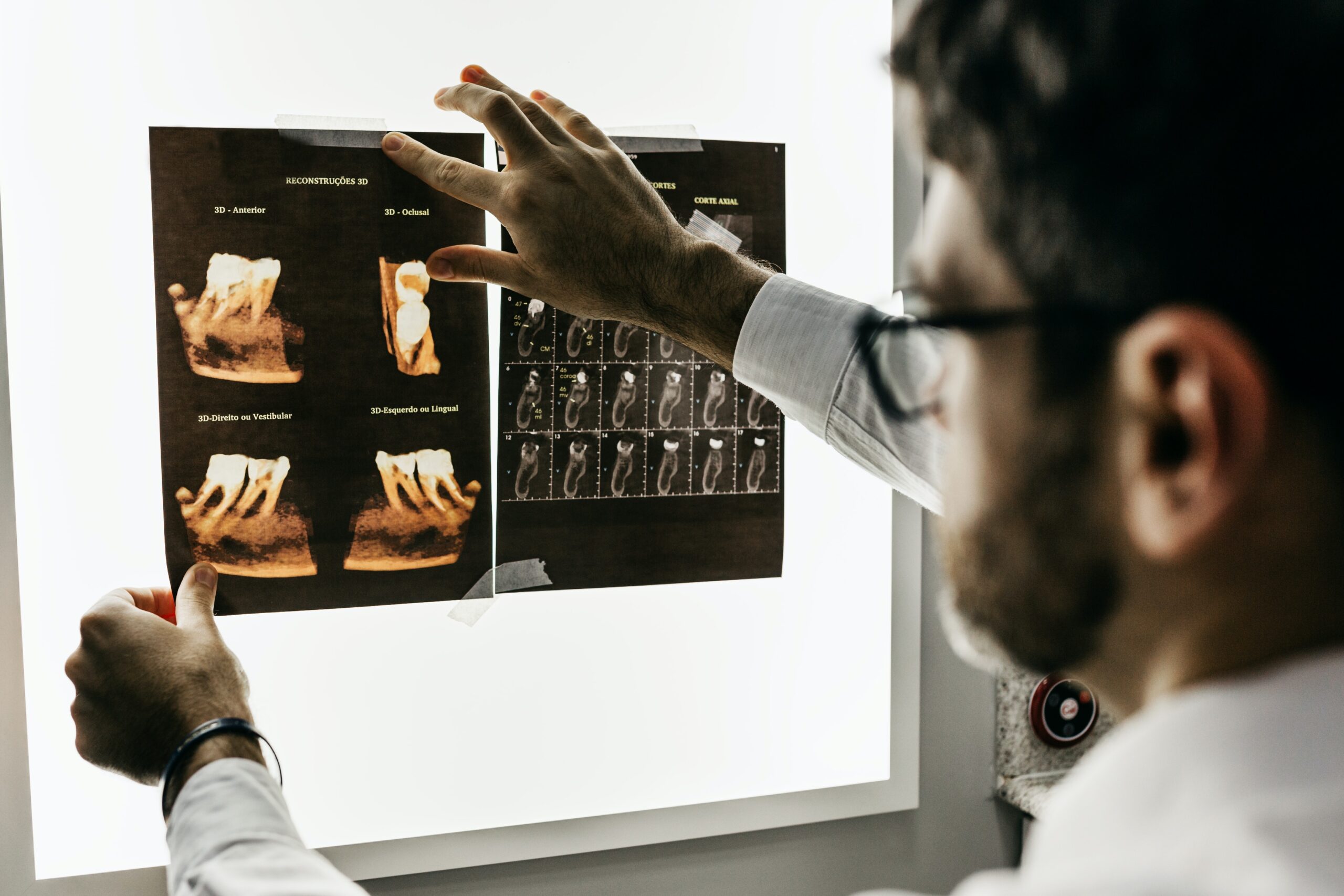
Leave a Reply